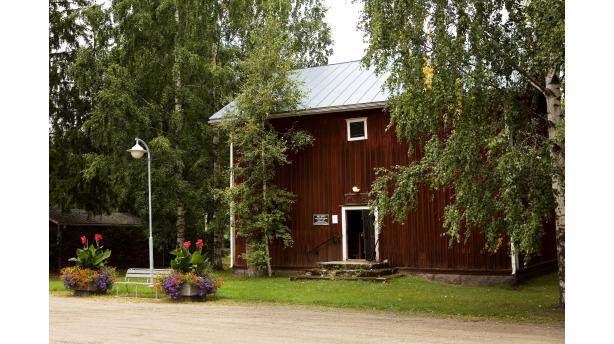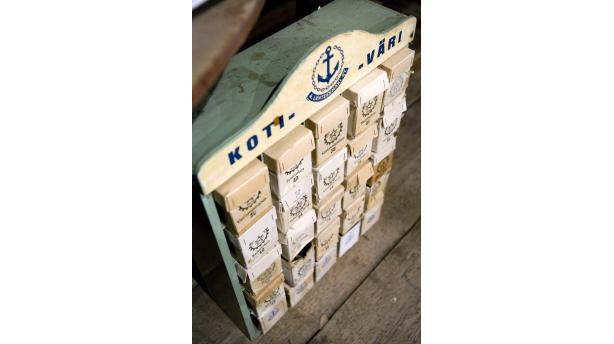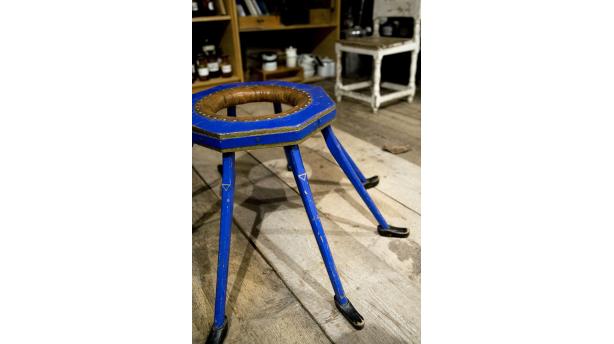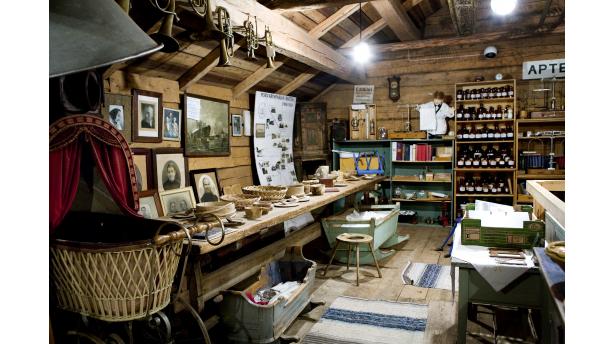Museum A-Ö » Historical people and places » Teuva Museum
Teuva Museum




Did you know...
The medical equipment and devices of the nationally known tuberculosis specialist born in Teuva, Severi Salonen, are displayed in the museum, along with a fragment of a lung.
The Teuva Museum preserves items and stories of local history. The old time agrarian community, business activity and the deeds of famous people from Teuva are being represented with versatile artefacts.
The Teuva Museum is located in a loan magazine dating back to the late 18th century. The collections include mainly peasant artefacts associated with agriculture, but also kitchen utensils, for instance a manual “Pesu-Liisa” washing machine, national costumes or butter churns, which recount life in the old times. The tar burning tools serve as evidence of the formerly numerous tar pits in the region. A lantern of the “Spirit police” has been preserved from the heydays of smuggling and homebrewing.There have been plenty of accomplished athletes in Teuva, such as Mauri Hongisto, who won 61 gold medals in ski-races. There is an impressive collection of skis in the museum, including wooden skis from the beginning of the 20th century, some wartime skis from the Nevala factory in Teuva, Toivo Saarinen’s racing skis from the 1940s and the last wooden Hongisto skis from the 1970s.
Otto Syreeni is another frontline person from Teuva, whose story has been recorded in the museum. He took over his father’s dyeing business in the 1920s after having studied e.g. in Germany. In addition to the dyeing of fabrics he began to develop other products, for instance inks, shoeshine products, paints and so called home colours – small bags of colour in a multi-compartment shelf, which could be found in many shops around Finland. He was internationally acknowledged for his methods of colour defining and mixing, which made it possible to develop 15 000 shades on the basis of just three colours. The Syreeni business and residential building (built in 1931) nowadays serves as the Teuva town hall.
Most of the movables of the former Teuva pharmacy with the instruments, cans and steelyards are displayed in the museum. In addition the collections include pottery made by the local potter Veikko Seppänen, musical instruments of the Teuva orchestra and objects and photographs from the time of the civil war.
The museum also attends to the birth home of hymn writer Simo Korpela. The house is located a short distance from the village. The museum buildings also include the Komsi windmill, which probably still remains on its original site. The windmill was mainly used in the 19th century.



